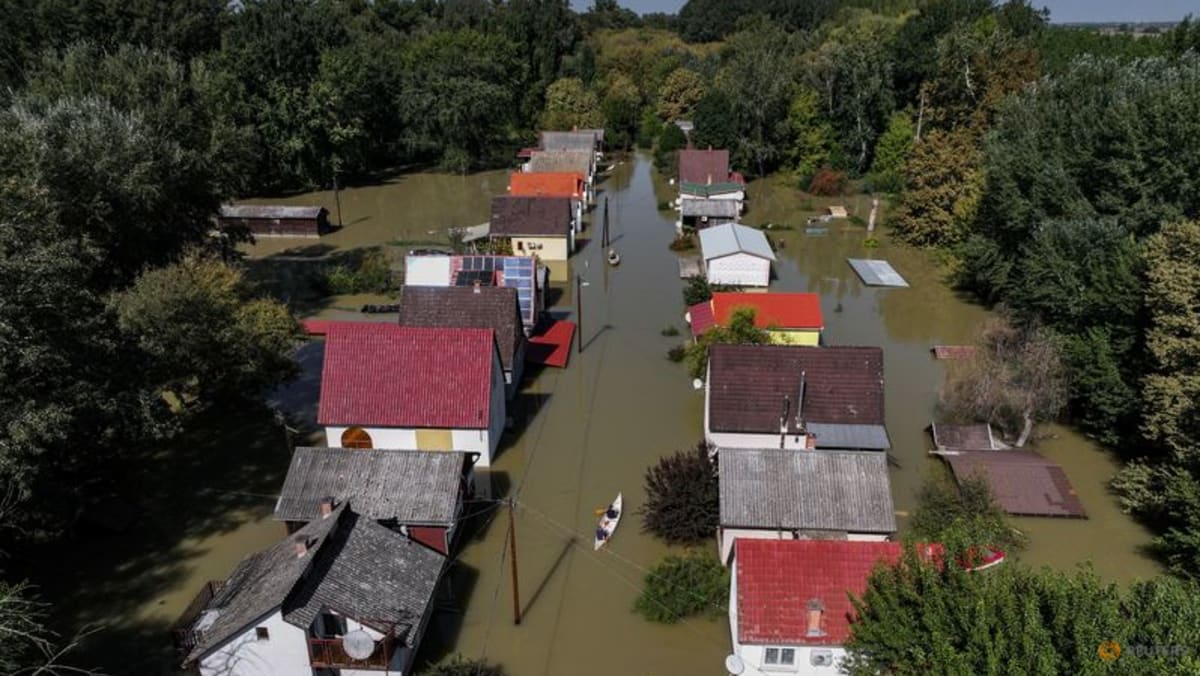Cambodia to bank on solar, imports to address hydropower volatility

SINGAPORE : Cambodia will bank on scaling up solar projects and electricity imports from neighbouring countries through regional grid interconnections to address volatility in hydropower output and rising power demand, its energy minister told Reuters.
Hydropower accounts for nearly half of the southeast Asian country’s annual electricity use but output volatility due to increasingly frequent weather-related disruption has made it crucial to diversify fuel sources.
Asia’s hydropower output this year plunged at the fastest rate in decades, forcing power regulators battling volatile electricity demand and erratic weather to rely more on fossil fuels.
“We are going to fall heavily on solar and some wind to supplement what hydro can offer. We want to leverage that with the interconnection from Vietnam, Laos,” Energy Minister Keo Rottanak told Reuters on the sidelines of the Singapore International Energy Week on Monday.
Cambodia has channelled its hydropower might to substitute fossil fuels over the last two decades, unlike other mid-sized Asian countries such as Malaysia and Vietnam, which have moved towards coal or natural gas to address power demand.
“Hydro has a role to play, but hydro can be subject to climate change or global warming. Our policy is to put intermittent renewable energy, basically solar predominantly, to the maximum level the grid can sustain,” Keo Rottanak said.
In the coming years, Cambodia still sees hydro as central to its power mix through pumped hydro projects.
Cambodia will announce a 1,000 megawatts (MW) pumped hydro project in two weeks, the minister said, adding that multilateral power exchange deals would be clean to hasten energy transition in the region.
“It is time to call an end to bilateral arrangement. It’s time to start sub-regional and regional interconnectivity,” he said, adding that Cambodia would play an “aggressive role to make sure leaders revisit the concept of the ASEAN power grid”.
The 10-member of the Association of Southeast Asian Nations (ASEAN) have been trying for decades to form a regional grid to facilitate multilateral power trade, but progress has been limited to bilateral deals.
“If we can lay submarine cable for internet, we must be able to lay subsea cable for electricity,” Keo Rottanak said.
Source: CNA















